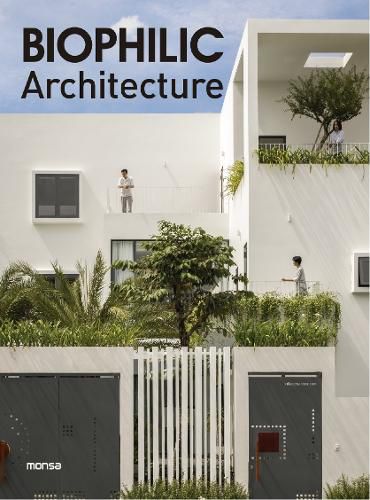Readings Newsletter
Become a Readings Member to make your shopping experience even easier.
Sign in or sign up for free!
You’re not far away from qualifying for FREE standard shipping within Australia
You’ve qualified for FREE standard shipping within Australia
The cart is loading…






Biophilic architecture integrates nature into spaces and buildings to improve people's health and well-being. It is based on the idea that humans are innately connected with nature and that exposure to natural elements, such as sunlight, water, and plants, can positively impact our physical and mental health and, thus, our social well-being. Biophilic architecture can be applied in various environments, from office buildings to homes and public spaces. Some common characteristics of biophilic architecture include: . The incorporation of natural light . The integrated ventilation . The presence of green areas . The use of raw materials such as wood and stone In addition to improving health and providing comfort, biophilic architecture also has environmental benefits by reducing the carbon footprint and promoting sustainable practices.
$9.00 standard shipping within Australia
FREE standard shipping within Australia for orders over $100.00
Express & International shipping calculated at checkout
Biophilic architecture integrates nature into spaces and buildings to improve people's health and well-being. It is based on the idea that humans are innately connected with nature and that exposure to natural elements, such as sunlight, water, and plants, can positively impact our physical and mental health and, thus, our social well-being. Biophilic architecture can be applied in various environments, from office buildings to homes and public spaces. Some common characteristics of biophilic architecture include: . The incorporation of natural light . The integrated ventilation . The presence of green areas . The use of raw materials such as wood and stone In addition to improving health and providing comfort, biophilic architecture also has environmental benefits by reducing the carbon footprint and promoting sustainable practices.